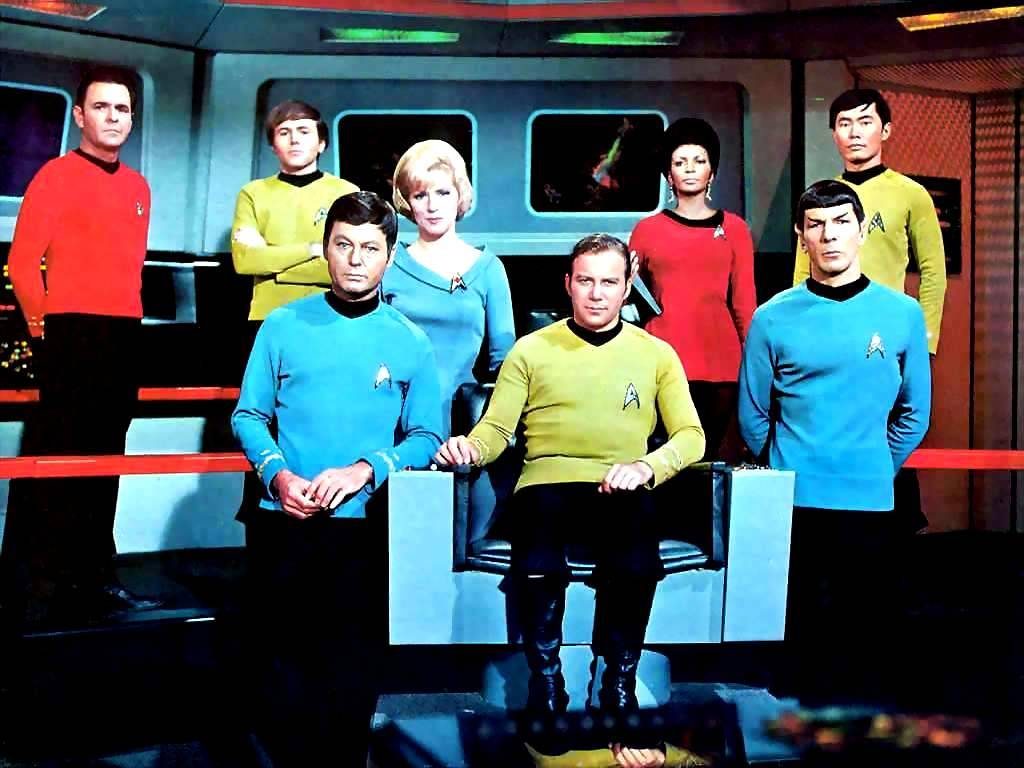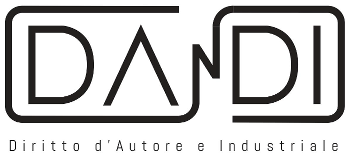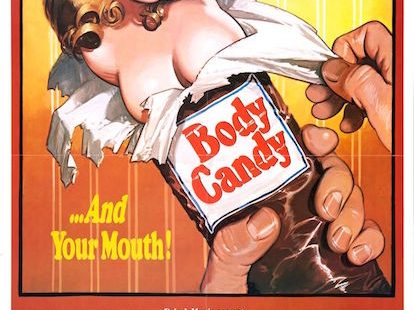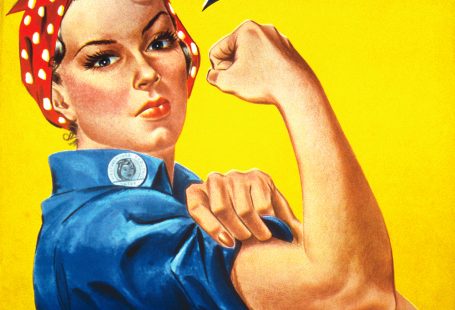Copyrightable elements film.
The written word and the visual image aren’t the only copyrightable elements in film. Most productions use music to bolster the audience experience.
Copyrightable elements film. Music
Unless the music is in the public domain (this doesn’t mean playing in public), there are copyrights associated with the musical composition (music and lyrics) and the particular sound recording used.
If the production company incorporates copyrighted music in the film, and the filmmaker is not the author of the music, the company needs to obtain a license, including what’s called a synch license, or the right to synchronize the music to the film.
Additionally, there are usually multiple copyright holders to the several parts of the music from which permission must be obtained – often from a record label (sound recording owner) and potentially multiple music publishers (representing the songwriters).
Copyrightable elements film. Fair Use
What if you can’t get in contact with all these rights owners or they say no?
“Fair use” is the concept of rightfully using copyrighted material without permission. The policy involves creating a compromise between copyright protection and freedom of speech.
This is a popularly misrepresented topic with plenty of inaccurate “rules of thumb” that sound something like “if the man in the clip has a mustache and you can’t see 50 percent of his mouth move for more than 4.5 seconds, you can use it.” It’s not that simple (if that’s simple). What if the woman has a mustache?
Fair use is an affirmative defense to a claim of copyright infringement, and, as a four-factor test is used to analyze the individual facts of each case, the determination can go any number of ways. So, if it is invoked, a court would determine where the totality of your case lands by tossing the numerous circumstances into the swirling winds of the following factors: the purpose and character of your use, the nature of the work, the amount and substantiality of the portion taken, and the effect of the use upon the potential market for the work. Better not to test the hot-air balloon in that.
Copyrightable elements film. Trademarks and Brands
What if you’re going through footage from the diner and a huge billboard is beaming a famous brand during your favorite take?
A trademark is a symbol, word, or words legally registered or established by use as representing a company, service or product.

Its purpose is to prevent confusion as to different companies’ goods or services to protect a business’ goodwill. Each company generally has the right to determine who may use its trademarks. (The same goes for artwork. See copyright discussion above.)
The best procedure would be to not display such branding or get permission. It is useful to note, however, that there is a fair use test involving trademarks, that is, actually, a looser standard than the fair use test for copyright. Expressive works (i.e., a film) enjoy a greater freedom than the “likelihood of confusion” test that is most often applied in the trademark infringement commercial context.
It is not recommended that a filmmaker recklessly include brands in her projects, especially if the brand is the major focus of a shot.
The pleasant view from the right side of the law is often obscured by the wrong side of a complaint. Many big companies are quite protective of their branding and have more in their plaintiff frivolous-suit legal budgets than filmmakers have in unpaid private-school art-degree student loans.
Copyrightable elements film. Get It in Writing
It is critical to have written agreements with the cast, crew and locations, not only for the typical service contract provisions, but also to make clear that you can use all of the intellectual property discussed above. Every part of the production involves rights that need to be agreed upon in order for the company to have control over the property it plans to create and sell.
Copyrightable elements film. Why the Legal Issues Matter
So you’ve completed your movie – let’s show it. Like most businesses, distributors avoid excessive risk where possible. As part of a production company engaging a distributor, the distributor looks for extensive proof that the company has taken all appropriate measures, including through comprehensive written agreements, to secure all rights required to fully exploit and distribute the project.
Distributors want clean title to copyright. Without the right written agreements and steps taken to properly handle all of the intellectual property and other rights involved with a project, any legitimate distribution company will immediately pass on investing their time and money into exploiting the film. Additionally, even if self-distribution is your goal, you still don’t want to end up as the defendant to infringement suits while your film mopes on your digital shelf.
Just because it may be technologically easier than ever to put ideas on screen does not mean a production company (or two cousins) can ignore the many intellectual property and other rights that always have been and still are involved with the process. Where possible, avoid brands and control the audio. Better than having to fix it in post. Remember to get the correct written agreements so that your next home video can get foreign distribution and be adequately pirated in China.
Also, please note, this article does not even touch on the many other important legal considerations that any size production must consider, including, but not limited to, the rights of privacy and publicity that must be respected (especially for those in front of the camera), operating through a filing entity to limit liability (rather than as an individual or general partnership), and compliance with federal and state securities laws even if you’re raising just a small amount of money for production.
Dandi Law Firm provides legal assistance in Copyright, Film and Music. Check out our Services or contact Us!





